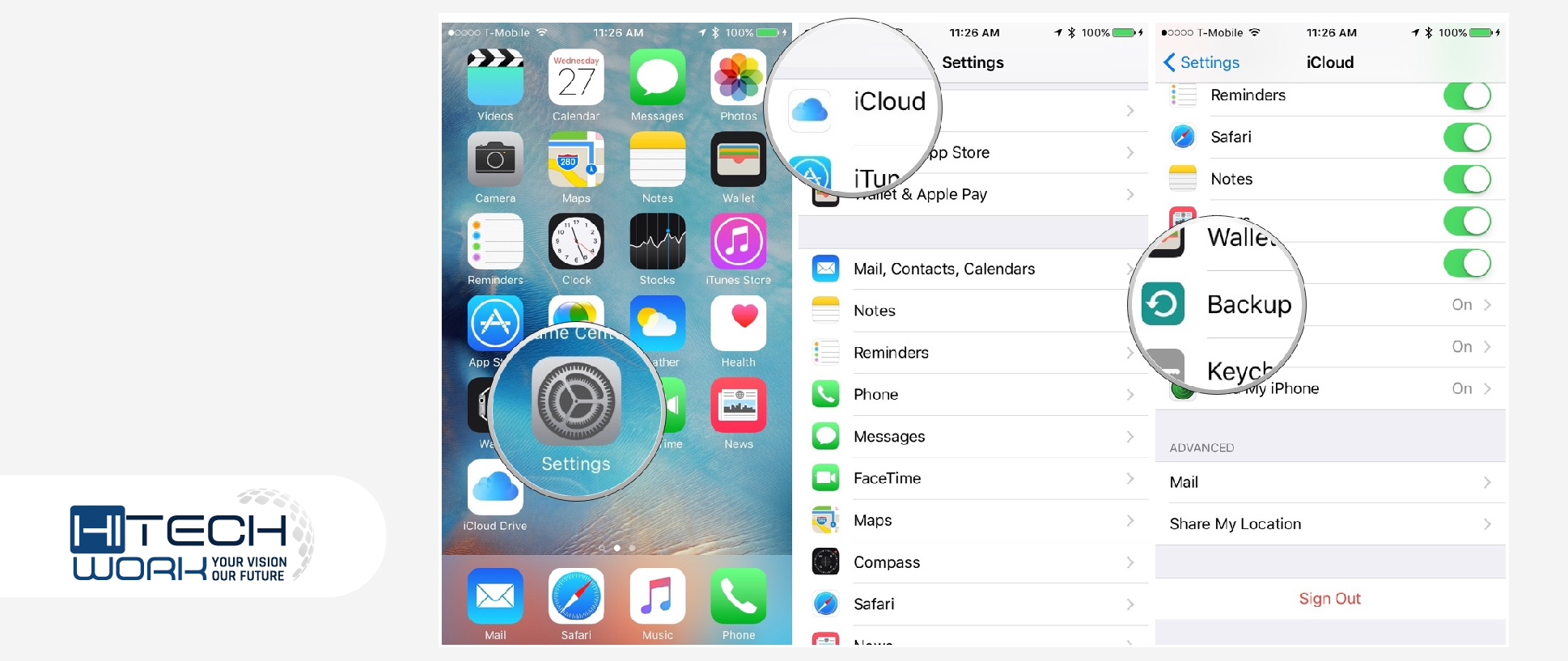
Apple has long held the crown for being the security king of the mobile industry. However, hackers are becoming more advanced, using highly-sophisticated tools that can harm any device, including iOS devices.
These new threats have made iOS users think about security and how they can safeguard their devices. This article will provide iOS users with six valuable tips to keep their devices safe:
Turn on the automatic app and iOS updates
Outdated software is one of the leading causes of security threats. Thus, updating your apps and the operating system is essential for the security of your device. Updates not only contain visual changes and performance improvements but also address software vulnerabilities. These vulnerabilities are system or program weaknesses that hackers can exploit.
To turn automatic updates on an iPhone, go to Settings > General > Software Update, and make sure Automatic Updates are “On”.
To do the same for apps, go to Settings > App Store, and make sure App Updates is toggled on.
Use a password manager
A password manager is a highly-recommended security tool that generates and stores strong passwords. It’s mainly used in organizations, but individuals can also greatly benefit from a password manager. All modern Apple devices come with a built-in password manager called iCloud Keychain.
Apple’s password manager is highly advanced and built to be invisible during everyday use. Once you enter a password, you can tell Apple to remember it. Then, your username and password will be automatically associated with that app or website the next time you try to log in.
You can also look at third-party password managers, some of whom are more advanced than Apple’s.
Enable Find My iPhone
Find My iPhone is a feature that uses GPS to track a lost or stolen phone. Your device’s physical security is just as important as its software and OS security. Find My iPhone also has Activation Lock, which prevents anyone else from using your phone without knowing your Apple ID and password.
To enable Find My iPhone, go to Settings > Apple ID > Find My, and turn “On” Find My iPhone.
Use Touch ID or Face ID
Face ID (Touch ID in older iPhones) is a security feature that enables easy authentication, allowing users to unlock their phones quicker without compromising security. The phone will scan your face or fingerprint and use that data to authenticate the user behind the screen.
It’s more convenient than a passcode and protects your phone from unauthorized access. To enable:
- Face ID – Settings > Face ID & Passcode. After you enter your passcode, follow the on-screen instructions to set up Face ID.
- Touch ID – Settings > Touch ID & Passcode. After you enter your passcode, follow the on-screen instructions to set up Touch ID.
Avoid using public WiFi
Public WiFi is massively available nowadays. But, most of it isn’t adequately secured, leaving many vulnerabilities for hackers to exploit. As much as you can, avoid using public WiFi. At the very least, avoid doing anything sensitive like online banking while on a public network. Some of the risks with public WiFi are:
- Man-in-the-middle attacks
- Unencrypted internet traffic
- Snooping and sniffing
- Malware distribution
Sometimes, you will have no choice but to use public WiFi. In those instances, enable the VPN feature on your iPhone. This will encrypt your internet traffic and ensure you stay protected while browsing.
Disable lock screen options
Lock screen options are app widgets that give a user quick limited access to the device without unlocking the phone. While an adversary won’t be able to unlock the phone, they can still swoop some sensitive information from your lock screen apps. Thus, it’s best to disable them altogether.
To do so, go to Settings > Control Center, and toggle off all the widgets you don’t want on your lock screen.
Final thoughts
iOS devices are very secure, thanks to Apple’s dedication to protecting users. Unfortunately, cybercriminals are very advanced and still find ways to do damage. Whether it’s sophisticated malware like Pegasus or small system vulnerabilities, there are ways to breach an iOS device.
That’s why you must enable critical security features, such as:
- Find My iPhone
- Touch ID or Face ID
- Automatic updates, etc.





